Holly Grace shares the journeys that inspired her homages in glass to a disappearing world.
Landscape Vessels
The genesis of these blown glass vessels is from my time in Scandinavia where I have travelled frequently as part of my education as a glassmaker, an artist, an adventurer and an individual. These trips have been instrumental in my understanding of glass as a material and instilled within me an appreciation for Scandinavian design while helping formulate my aesthetic as an artist.
It was in both Denmark and Sweden that I began to observe the landscape and I was drawn to the many seasonal changes of colour and light within the landscape. This series of vessels are based on the changing colour of the Australian Highlands through the passing of summer to autumn and from dawn to dusk. Many also feature small animals, such as the Bogong moth, Alpine dragonflies, and Australian ravens.
As an artist whose artwork is inspired by the landscape, it is hard to ignore the current crisis that is enveloping our environments. From the recent fires and the ongoing threat of repeat devastation through to the rapid decline of our native flora and fauna from deforestation, I realise that I am witnessing a landscape in distress. In the past two years, I have been documenting the effects of this environmental crisis with a particular focus on the destructive nature and enduring regrowth from the 2019 – 2020 Black Summer of fires.
These works are based on a series of photos I shot on Dargo High Plains Road after the 2019 – 2020 Black Summer of fires. While driving along this road I began to see the immensity of the devastation caused by a wild inferno. Hillside after hillside of charred forests as far as the eye could see, an environment deprived of flowers and foliage, insects and animals. The only stirring movement came from a lonely pair of ravens circling above me. Their eerie song was the only one I heard that day. It was on this road that led to the creation of the next work, Desolate Road – Dargo High Plains, which is part of my Remnants series.
Desolate Road – Dargo High Plains
These two glass billycans are recreations of two tins I found in Spargo’s hut located not far from Dargo High Plains Road. It is a goldminer’s hut built in the 1930s by legendary mountain man and hermit Bill Spargo. This small hut has miraculously survived numerous fires and is one of the few remaining original huts in the Victorian Alps.
“Black Friday 1939” Billycan, Tin and Bottles
These artworks are based on a collection of objects found in Spargo’s Hut, built in 1939 by Bill Spargo, the legendary Hermit of Hotham. Bill managed to survive in his hut the devastating fires of Black Friday in 1939 that affected three-quarters of the state of Victoria. The fires burnt nearby Hotham Heights and all the surrounding vegetation around Bill’s hut. The hut, fortunately, was built on a small mountainside clearing and Bill had redirected a small stream to run underneath and into a bathtub where it would overflow into his veggie patch outside. During the fire, he managed to keep himself and the hut intact by throwing around water from the bathtub with his gold mining pan. The only injuries he sustained in the inferno was mild steam burns.
A dingo standing proudly on both the small bottle and featured in the projection represents both danger and death. They are the natural alpha predator in the mountains and when I hear their eerie howling while on solo treks a paradoxical sense of excitement and fear always falls upon me. The text in the projection from the illuminated billycan is a collage of newspaper articles written in January 1939 that document the loss and devastation caused by the Black Friday fires.
- Holly Grace, Black Friday 1939 – Billycan, 2021
- Holly Grace, Black Friday 1939, bottles & tin, 2021
Belonging
This piece is a continuation of the Remnants series and is a recreation of a kettle that I found in Spargo’s hut. In this artwork, I explore my story and personal journey to Spargo’s hut. It is a self-portrait of sorts that investigates my relationship with the landscape built from a personal exploration of this remote region in the Australian Alps. Belonging explores themes of loss and discovery, an echo of recent events in the natural environment. By exploring the remote fringes of our cultural landscape such as Spargo’s hut, I discover small intersections, junctions where our human and non-human landscapes intertwine. It is through this interaction between humanity and nature that I learn the most about myself, my history and the unbalances that exist. It creates both a portrait of myself and this increasingly fragile landscape I yearn to belong.
The artwork features an image of myself with all my bushwalking gear on, hiking to Spargo’s hut. The two flame robins are a representation of another part of Bill Spargo’s story and his discovery of gold after the fires of 1939, a gold mine which he later called red robin mine. Bill’s search for gold in a way is reflected in my search for another type of gold built from personal discovery and a growing appreciation and awareness of the landscape that I am within. The text within the artwork is from personal handwritten notes commenting on my own intimate experiences mixed with historical myths and truths of the location.
Alpine Darner
Dragonflies have captivated many cultures all through history and have often been viewed as a symbol for change and transformation. I have often been entranced watching them skimming above a mountain creek with the sun glittering on their wings. They represent my need for change and personal growth. They also reflect my thoughts and emotions inspired by my traverses through the wilderness.
The canary in the coalmine – Bogong Moths
Certain symbols such as the Bogong moth are repeated within the exhibition. The moth is often a symbol for myself, as I see myself as a seasonal traveller akin to the Bogong moth. We are both drawn to the mountains, seeking shelter and refuge within what can be a hostile environment. Due to the recent six years of drought caused by climate change and farmers’ heavy use of pesticides, these small travellers are in rapid decline.
When we use to see them in hundreds of thousands they are now only in their thousands. This is devastating when you consider that the Bogong moth has been making this journey for over 50,000 years or so. It has become a canary in the coalmine for the dire situation that many of our indigenous species are currently in.
A Lost Song
This artwork features a flock of 18 birds, glass recreations of the regent honeyeater, the swift parrot, and the golden shouldered parrot. All three birds are currently listed as critically endangered: the regent honeyeater is declining so rapidly that they are losing their songs. Due to the historically low numbers of adult males to learn from, the juvenile Honeyeaters are turning to other bird species as role models. In the process mating rituals and songs are being muddied and often lost entirely, resulting in a lack of future breeding and a compounding decline in numbers.
It fills me with incredible sadness to know that these unique songs might be lost to us forever. My hope is that this recreation of the birds in flight and their visual melody in glass will help raise some awareness towards their sad fate.
Landscape Memoirs
As a fifth-generation Australian, I am part of a mongrel society. A mixed breed of transplanted cultures, awkward and sometimes incoherent, we blend together with the landscape as our binding ingredient. In exploring the past and the present, I seek to create a narrative that weaves together humans and nature, history and natural history. By learning from the past, I hope to find a future, one that reconciles my guilt as an interloper and discover where I belong with a stolen landscape. How strong and real are my connections to the land? As a non-indigenous Australian, can I truly call Australia home?
The final two artworks are a memoir of places within the Australian Highlands. This is an intimate record built from researching local histories and personal documentation. From the exploration of two disparate landscapes and cultures, I hope to further define my personal relationship with the landscape.
My initial inspiration for the artwork was inspired by memories of my grandmother, Viola Mayerhofer, a German who migrated to Australia in the 1930s. My grandmother always had a collection of old photos hung in loose eclectic arrangements depicting friends, family and places both Australian and abroad. It was a storyboard for places and cultures with people that were foreign yet also looked remarkably like me. This memory made me question my own place as an ‘Australian’ within Australia and how I interact with country, culture and identity.
These pieces are the initial studies of what will become a much larger focus in my work. The glass frames form a base structure and canvas for the imagery and text. These frames are built from a personal collection of vintage frames I have gathered over the past decade in my travels through Europe. Through this collection of frames and photos, I have reconnected with my family history and the people and places that seemed so foreign to me as an adventurous child growing up in sunny isolated Perth.
A Landscape Memoir – Dead Horse Gap
One of my first walks in the mountains was the Dead Horse Gap trail that leads you over the top of the range and down along Thredbo River. It has been one of my favourite walks and I have done it many times now in sunshine and snow. It was on this walk that I discovered the joy of walking alone and each time I discover something new about myself and the nature I was traversing through. In the text, I have included some quotes from Henry David Thoreau’s book Walden, combined with personal notes and observations. It is both a written and visual diary of the experience.
A Landscape Memoir – Fortune & Loss
This is the final piece in the exhibition and documents my journey to Four Mile Hut prior to its destruction in the 2019/2020 Black Summer Fires. The hut was one of the few remaining original huts and was built in 1937 by Bob Hughes. It was a favourite hut for myself and many others, in particular writer Klaus Hueneke who rediscovered it back in the 1970s. Klaus Hueneke has written many books about the Australian Highlands and in the background text is a combination of personal notes, observations and extracts from Klaus’s book Huts of The High Country documented the history of the hut and its location.
Fortune & Loss is a personal reference towards the destruction of the hut. I feel fortunate to have experienced both the journey to the hut and the hut itself. Sitting within its four small walls was like sitting within nature’s own musical accordion with the wind playing its own song, unique and beautiful. It had one window with a view to a beautiful old snow gum, now also destroyed and another great loss. In the foreground, there are six Bogong moths and an old snow gum, a comment of the loss of not just the hut but all the other indigenous wildlife and wilderness that surround it.
On a more humorous note, the wolf spider down the bottom refers to the sizeable one that hitched a ride with me from the nearby drop toilet. It was a couple of km’s before I noticed I had an unwanted traveller on me.
About Holly Grace
 I am an Australian glass artist whose current art practice is based in Arnold St, Cheltenham, Victoria. Currently, I am working towards a new body of artwork that will be shown in the forthcoming Sydney Contemporary 2022, represented by Sabbia Gallery Redfern, NSW. Other projects are a forthcoming glass residency at S12 in Bergen, Norway and a group exhibition at the Glasmuseet Ebeltoft, Denmark in 2024. I am featured in a series of videos produced by Craft that document the creative practices of five makers.
I am an Australian glass artist whose current art practice is based in Arnold St, Cheltenham, Victoria. Currently, I am working towards a new body of artwork that will be shown in the forthcoming Sydney Contemporary 2022, represented by Sabbia Gallery Redfern, NSW. Other projects are a forthcoming glass residency at S12 in Bergen, Norway and a group exhibition at the Glasmuseet Ebeltoft, Denmark in 2024. I am featured in a series of videos produced by Craft that document the creative practices of five makers.

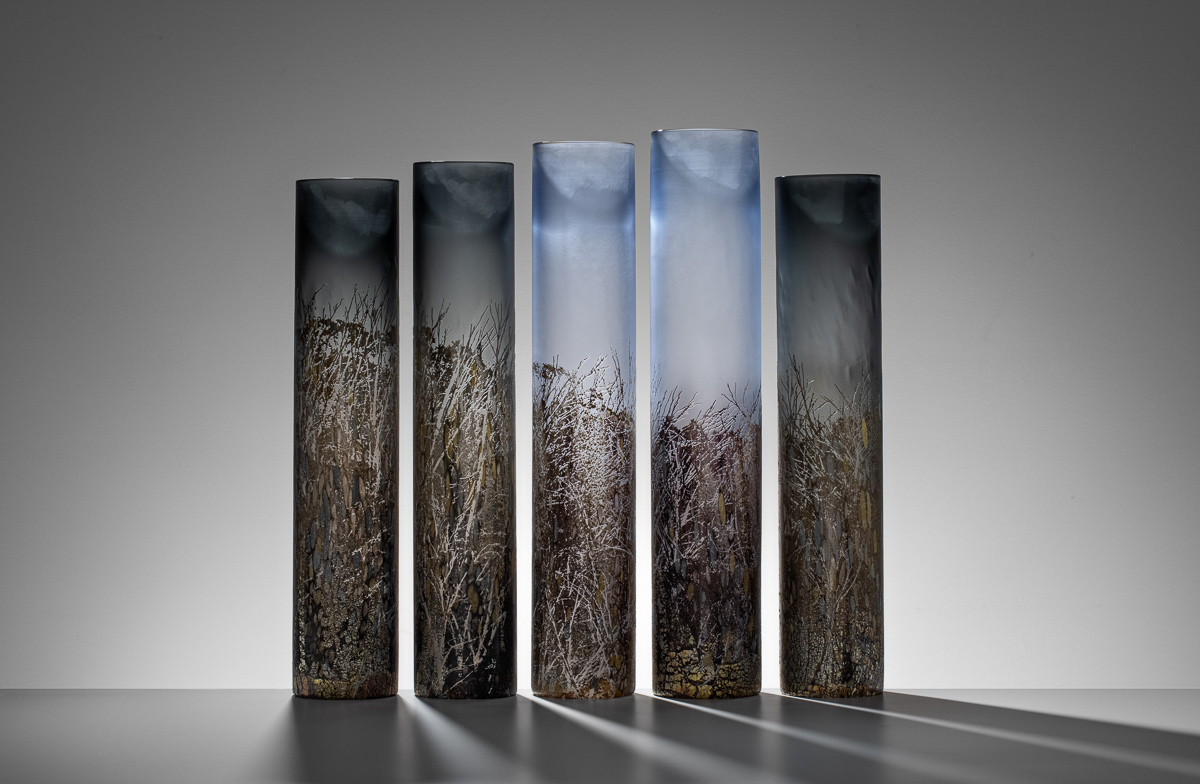


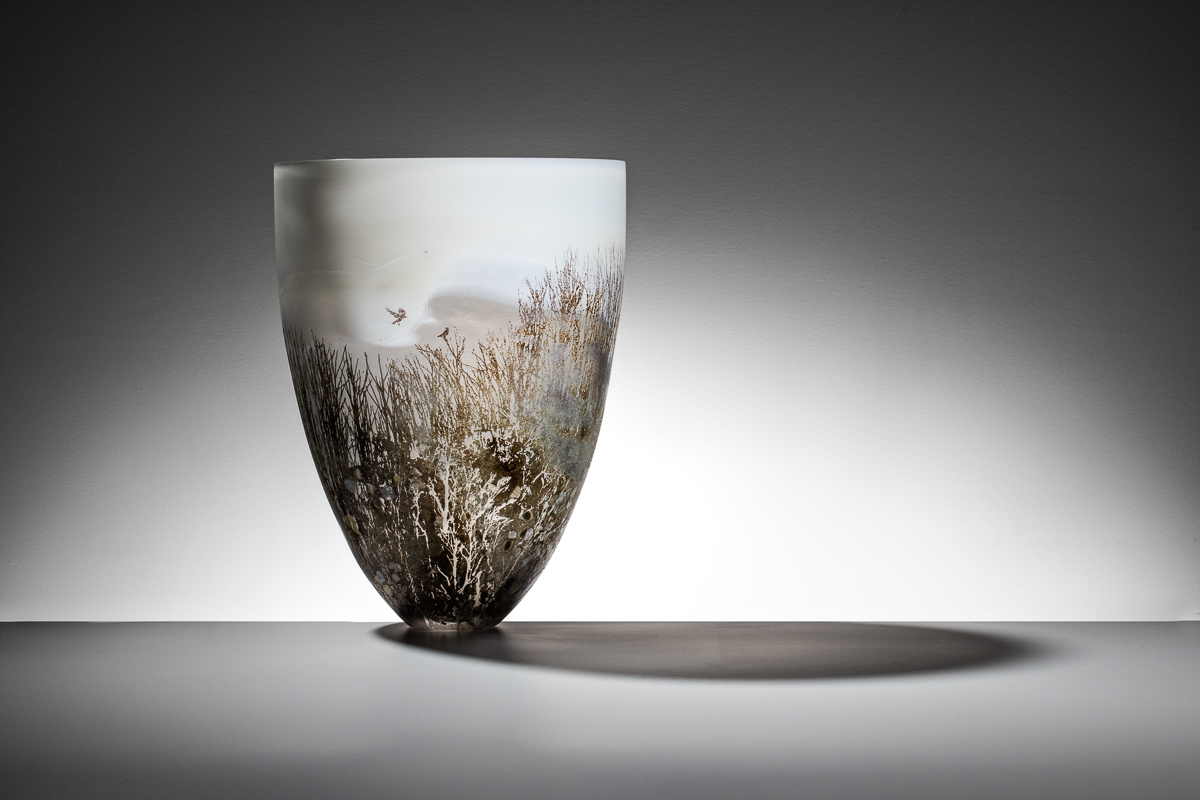

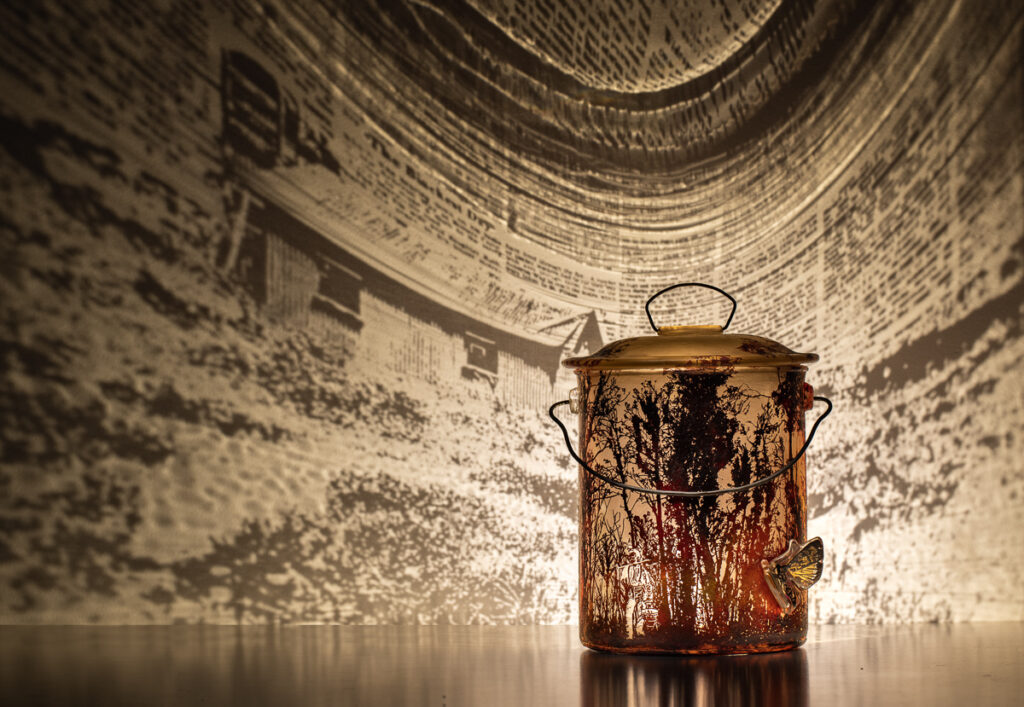

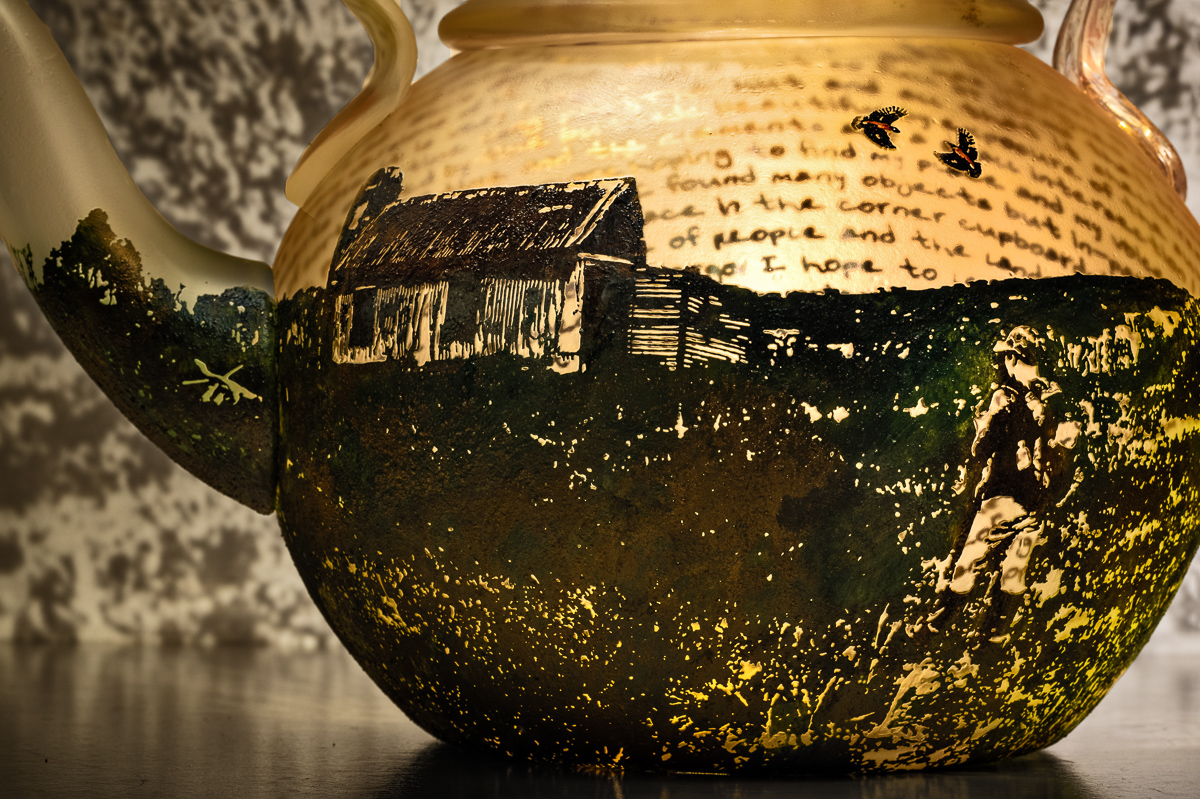
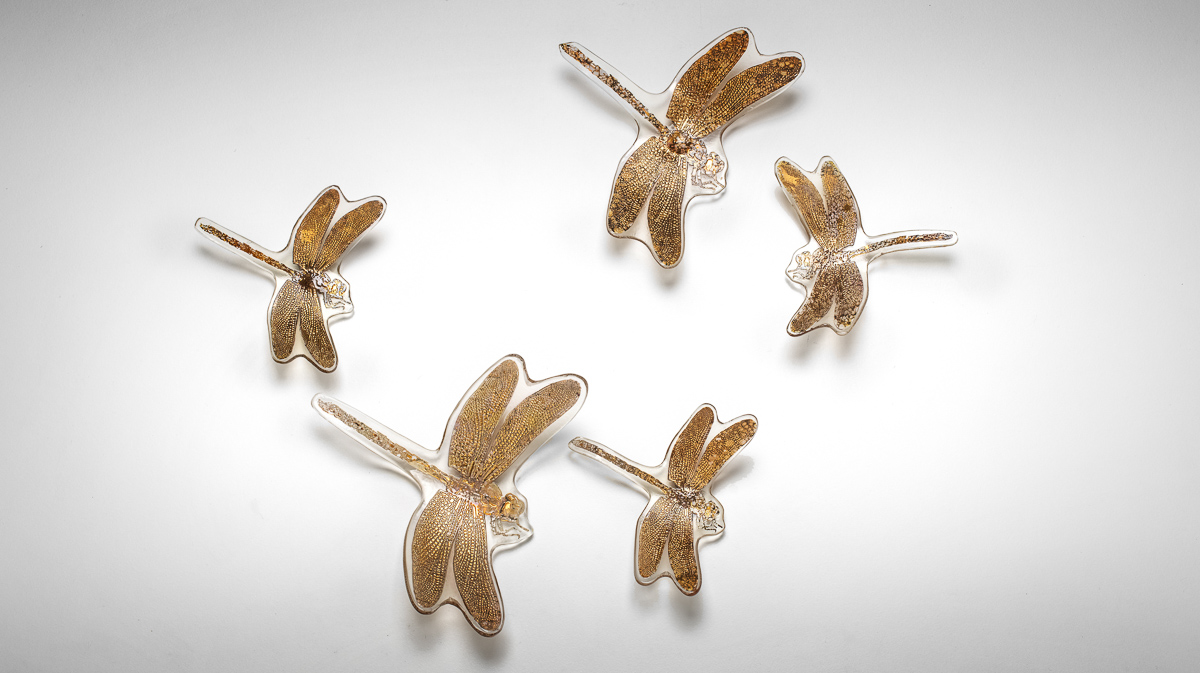




Comments
Your art took me travelling over the High Plains, glass storyteller objects, fascinating & illuminating. Solid like the mountains yet as fragile as your stories. They belong.